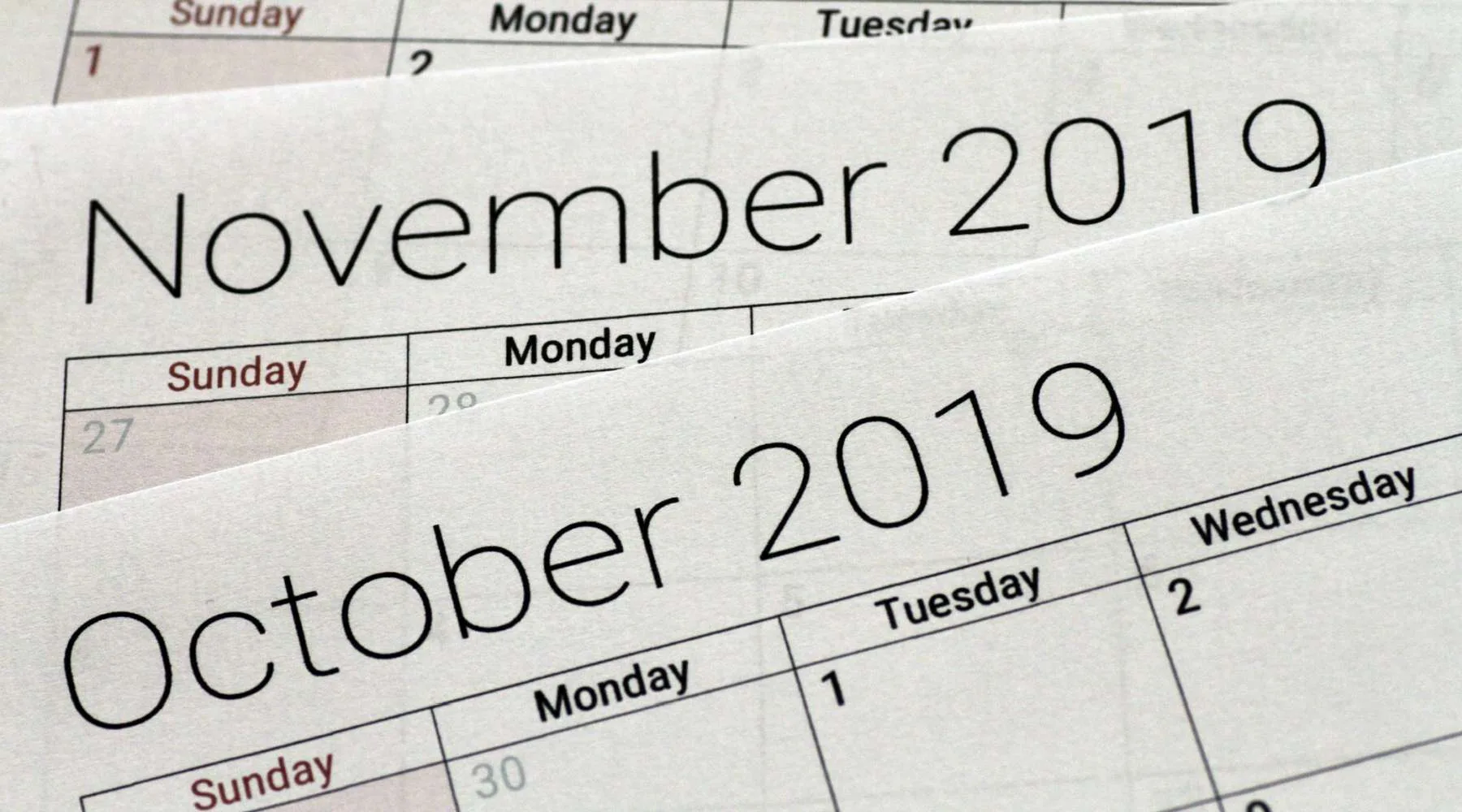6 things small businesses can do to set themselves up financially in 2021

Follow these simple steps to keep your business thriving.
2020 has been a challenging year for businesses. Even if your company survived or did well through the tumult of the pandemic, planning ahead for 2021 and beyond won't simply be a matter of looking at last year and making a few tweaks.
The next couple of years will be different for all of us. And that means taking time to think about your plans.
As we start a new calendar year, we're also at the halfway point in Australia's financial year. This is the perfect time for small business owners to refocus their plans for the next six months and beyond.
Let's look at some key actions small business owners can take in January that will set them up for ongoing financial success.
Look back to look forward

Over the last year, your spending patterns will have changed. When forecasting your expenses for 2021, it's a good idea to look back at 2019, as well as 2020, to get an idea of what normal might look like and work from there.
For example, you might have cut back on options like subscriptions in 2020. As business returns to pre-COVID-19 conditions, you might be able to reinstate those. Similarly, sales targets from 2019 might be more realistic than those set in 2020.
Set realistic goals

Different industries were affected by the pandemic in different ways. Hospitality businesses and gyms were hit hardest while some retail sectors, notably home office suppliers and home improvement stores, saw a massive increase in revenues.
Setting your 2021 goals by looking at what happened in 2020 will largely depend on how you expect your specific industry sector to improve. For example, if you run a cafe, you can expect 2021 to be better than 2020 but possibly not as strong as 2019 because of density limits that may persist into the new year (depending on where your business is located).
Consider all the factors and be realistic when setting revenue and financial goals for 2021.
Review your expenses

When you look at your expenses, chances are there are a bunch of recurring bills you just pay each month without a second thought. Utilities, insurances, mobile phones, domain hosting, bank fees for payment processing, software subscriptions and other regular debits can easily add up.
Grab a bank statement and mark all the recurring expenses with a highlighter. Then make a decision about each one. Do you really need it? For the ones that you need, when was the last time you shopped around for a better deal? Allocate some time in your schedule each week to review one of the recurring categories and make a change if you can save some money.
A few dollars per bill per month can add up to a solid saving.
Rethink cash flow and payment terms

The regular movement of money in and out of a business is critical. While staying busy is great, it's critical to ensure your business maintains a steady flow of inbound cash.
Talk to your customers and find out if you can reduce payment terms so payments come in 15 days instead of the usual 30 or 45. As money comes in faster, you'll be able to pay your suppliers promptly as well, alleviating the stress of late payments.
While you're at it, take a moment to check that you're able to pay all your suppliers in a way that works for you – and see what else is possible. For example, if you want to pay with a dedicated business credit or charge card but the supplier doesn't take cards directly, see if they'll accept payment through a service like PayPal or Stripe.
If they don't have anything set up, check what options your bank or provider could offer. American Express, for example, offers AccessLine – a platform that lets people with eligible business cards make secure payments to merchants even if they don't accept card payments.
Check your credit

Credit card providers offer a variety of options with differing interest rates, points programs, interest-free periods and annual fees. Are your credit cards delivering the right range of options and fees to suit your business?
You might be happy with a low-fee card and higher interest rate if you only plan to use the card occasionally and pay the balance quickly. But for larger purchases, a lower interest rate card with a different annual fee structure may make better sense.
Points programs that are linked to airlines, hotels and other services can also be a great way to buy gifts for staff and customers through online stores – or even book business trips.
The rewards you can get depend on the business card but, as an example, the American Express Business Explorer earns 2 Membership Rewards per $1 spent on most purchases (1 point per $1 for government spending). Through the Membership Rewards program, you can use points for flights, hotels, a huge variety of gift cards and even statement credits for your account.
Take advantage of government help

Local, state and federal governments all offer grants and support for small businesses. These might be free training programs or access to money for businesses that offer jobs and opportunities to locals.
During the pandemic, state governments offered small businesses and sole traders funding support and no/low interest loans to help them through challenging times, while the federal government offered schemes such as JobKeeper as well as deferment of tax payments.
Check out state government and local council websites to see what's planned in your area.

